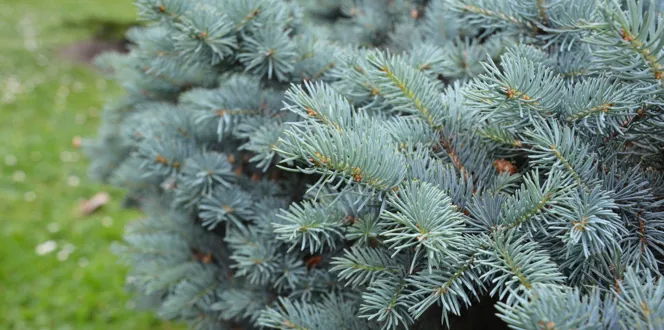The pitter-patter of raindrops and faint, distant claps of thunder tells us April showers have arrived. The fresh rainwater fuels your landscape, preparing it for new growth, new color, and new life.
And for those who have yet to experience a wet, rainy season - and have been anxiously waiting for months for one to arrive - the warmer temperatures awaken your plants. The new season prompts tiny, green buds to pop, bringing smiles to the faces of those who pass by.
Ah, spring is here.
Regardless of your property's reaction to the beginning of spring, making sure your trees are prepared for the warm season is a vital spring to do. Those who feel they don't have the eyes for catching potential issues should consider enlisting a professionally trained arborist.
Some damage is obvious, and some problems can fester and go unnoticed without the trained eye of a professional. It's no secret a bare branch is suffering when the rest of the tree is bearing leaves. But diseases and insects can creep in unexpectedly. Spring is a favorite time to inspect the landscape because you can see the turn of trees and shrubs as they come out of dormancy.
Jump-start your spring with a thorough tree inspection by following the steps below.
Step 1: Monitor Leaf and Flowering Blooms
Look for consistent leafing and flowering activity on the branches of your trees during spring. Does one area look sparse? Observe how leaf tissue is emerging.
>> Read what may be causing bare spots as your tree is leafing out.
Step 2: Watch for Yellowing Leaves
Look out for yellowing leaves that could be a sign of excess water from winter storms. This yellow coloring can indicate poor soil drainage and too much moisture. The plant is telling you it is not doing as well compared to others that are healthy, vibrant green.
>> Signs of underwatering or overwatering trees.
Step 3: Remove Dead Branches
Dead wood is dangerous, and it's often the byproduct of winter weather. Be sure to clean up dead branches, which are a safety risk. And, while you're at it, have a professionally trained arborist check the structural integrity of the tree. Spring showers drench leaves and weigh down branches. You don't want any surprises.
>> Learn more about the benefits of spring tree pruning.
Step 4: Address Tree Decay
Fungi can weaken wood tissue, resulting in cracks, seams, and other "internal" wounds. While healthy trees bend along with the wind, decayed wood cracks and breaks. So keep an eye out for wounds and cankers—perennial tree diseases that can be quite aggressive and increase risk. Wounds and cankers can be weak points on a trunk, and a tree is more likely to break at a wound or canker if it is facing the opposite direction of the prevailing wind. Vertical cracks or seams along the trunk suggest internal defects.
>> Here's what to do (and not to do) to treat or repair tree trunk rot.
Step 5: Inspect Tree Crown
When a tree is stressed, branches in the upper crown often die from the top down. Stress can be caused by insects or diseases, drought, soil compaction, or root disease.
>> If your tree has bare spots, here are three causes of canopy thinning.
Step 6: Examine Tree Roots
Those roots are a key indicator of a tree's health. Look for these above-ground clues that something's not going so well "down under" with your trees: thin crowns; dwarfed, off-color leaves; stunted growth; discolored, loose, or resin-soaked wood at the root collar; and fungi growing near the base of the tree.
>> What does it mean if it looks like the roots are strangling your tree.





